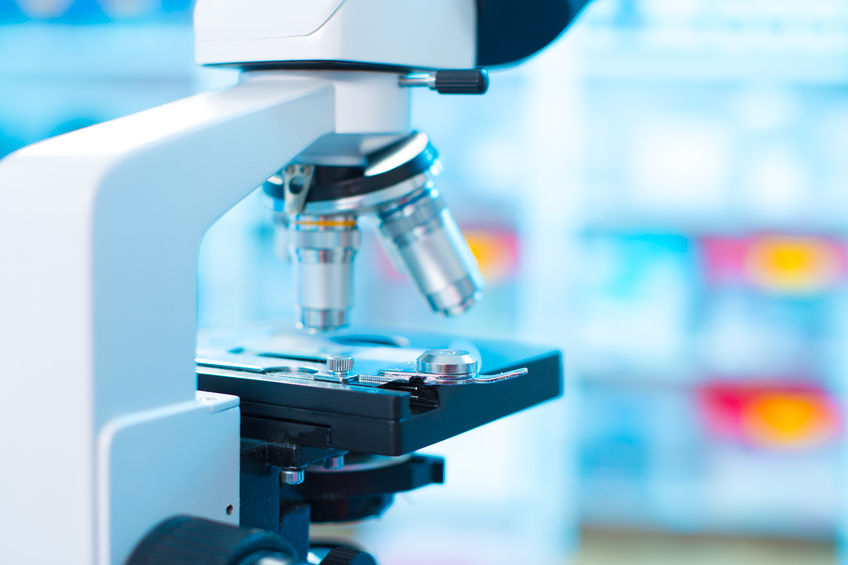
Methadone
Also known as Methadone BloodWhat is this test?
Methadone, a long-acting synthetic opioid analgesic, is an agonist at the mu receptor. It has several actions qualitatively similar to those of morphine, primarily involving the central nervous system and organs composed of smooth muscles. Analgesia, sedation, and detoxification or maintenance in opioid addiction can be achieved with therapeutic use of methadone hydrochloride. Methadone acts by binding to the mu-opioid receptor, but also has some affinity for the N-methyl-D-aspartate receptor ionotropic glutamate receptor. Methadone undergoes extensive biotransformation in the liver. Methadone is metabolized by CYP3A4, CYP2B6, CYP2C19, CYP2D6, and is a substrate for the P-glycoprotein efflux protein. The major inactive metabolite is a result of N-demethylation and cyclization, and forms 2-ethylidene-1,5-dimethyl-3,3-diphenylpyrrolidene (EDDP).
Test Preparation
No special preparation is needed for Methadone. Inform your doctor if you are on any medications or have any underlying medical conditions or allergies before undergoing Methadone. Your doctor depending on your condition will give specific instructions.
Understanding your test results
| Gender | Age groups | Value |
| UNISEX | All age groups | 1 - 2 microgram/ml |

